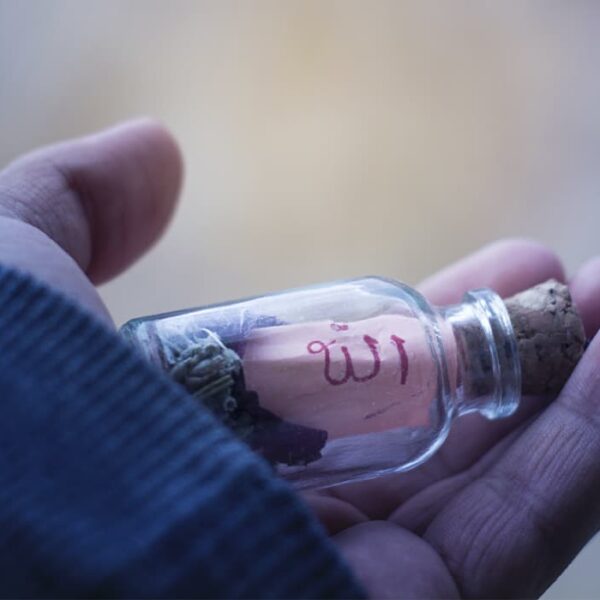The healer was a priest because, in the end, his appeal to the gods and how persuasive his appeal to them would be, depended on the health and life of the sick. The healer was a priest because, ultimately, the patient’s health and life depended on the goodwill of the gods and how persuasive his or her appeal to them was. In a Pyrenean cave, there is a petroglyph of such a Cro-Magnon healer, dressed in an animal skin, with deer antlers on his head.
At that time, people accumulated empirical knowledge about the properties of certain plants and minerals. This knowledge was often erroneous, i.e., plants were ascribed properties which they did not have, but there were also correct data. For example, the Incas discovered the tonic effect of cacao beans, the therapeutic properties of mate, and the narcotic effect of coca leaves. Such information was accumulated, laying the foundation for future pharmacology. It should be noted that many of the discoveries of our ancient ancestors are used in modern medicine.
Medicine in Ancient Greece
Daughter of Asclepius, the god of medicineAlthough the first written medical sources that have reached us are Egyptian papyri, which describe, in particular, surgical operations and obstetrical practices (Berlin, London, Leiden papyri), the place of origin of modern medicine is considered to be ancient Greece, though there is no doubt that its sources are from the same Ancient Egypt.
The ancient Greeks can be considered the founders of scientific thought as such, and of medicine in particular, because it was here that medicine as a science appeared. This means that the Greeks undertook a scientific approach to the information accumulated by that time, although certainly not all of it was reliable. At this time, medicine was divided into temple medicine and, if I may say so, scientific, or evidence-based medicine. Schools emerged in different cities of Greece, each of which developed certain scientific (or pseudoscientific) theories. The god of medicine among the Greeks was Asclepius, son of Apollo, the Roman pronunciation is Aesculapius. Medicines were called “pharmakon” by the Greeks. Asclepius had children, each of whom embodied a particular branch of medicine: Hygiea – hygiene, prevention, Panacea – therapy, Machaon – surgery, Podalarius – internal diseases, Telesphorus – magic. Thus we see that at this time there was already a division of medicine into the main directions, which as a whole have reached our days.
The father of medicine is called the man who founded one of the Greek schools of medicine and devoted his whole life to medicine – Hippocrates. His influence on medicine as a science cannot be overestimated. His numerous writings, which contain descriptions of practices used by physicians to this day, are grouped together in a large collection – the Hippocratic Corpus, the first medical encyclopedia. In addition, as not only a physician but also an outstanding philosopher and thinker, he laid the foundations of medical ethics, and the famous Hippocratic Oath has survived almost unchanged to the present day as a mark of respect for this great man.
Medicine in ancient Rome
After the unprecedented rise of Greek medicine, one would have expected it to continue its upward development in Rome, which became the successor to Greece. However, this did not happen. For certain historical reasons, the decline of science, including medicine, rather began in Ancient Rome. During this era, although outstanding physicians appeared, they rather considered it their duty to serve the wealthy Romans, whose main requirement for treatment was that it should be as unburdensome and pleasant as possible. For the most part, the successes of Roman medicine were due to the work of Greek scholars, especially that of Hippocrates.
A prominent representative of medicine was Galen, a Roman physician and philosopher originally from Greece. Galen laid the foundation for many medical disciplines, such as physiology, pharmacology, neurology and, of course, anatomy. The anatomical knowledge of man was based, interestingly enough, on what was learned from dissecting animals, notably pigs and monkeys, and this knowledge was used by physicians over the next 13 centuries, until the period when, in 1543, a contemporary of Paracelsus, Vesalius published his work On the Structure of the Human Body. In addition to very significant medical discoveries, Galen had erroneous theories, particularly concerning the medicinal properties of certain substances, but his authority was so indisputable that both erroneous and correct theories of Galen were used by doctors without any revision for almost a thousand and a half years.
